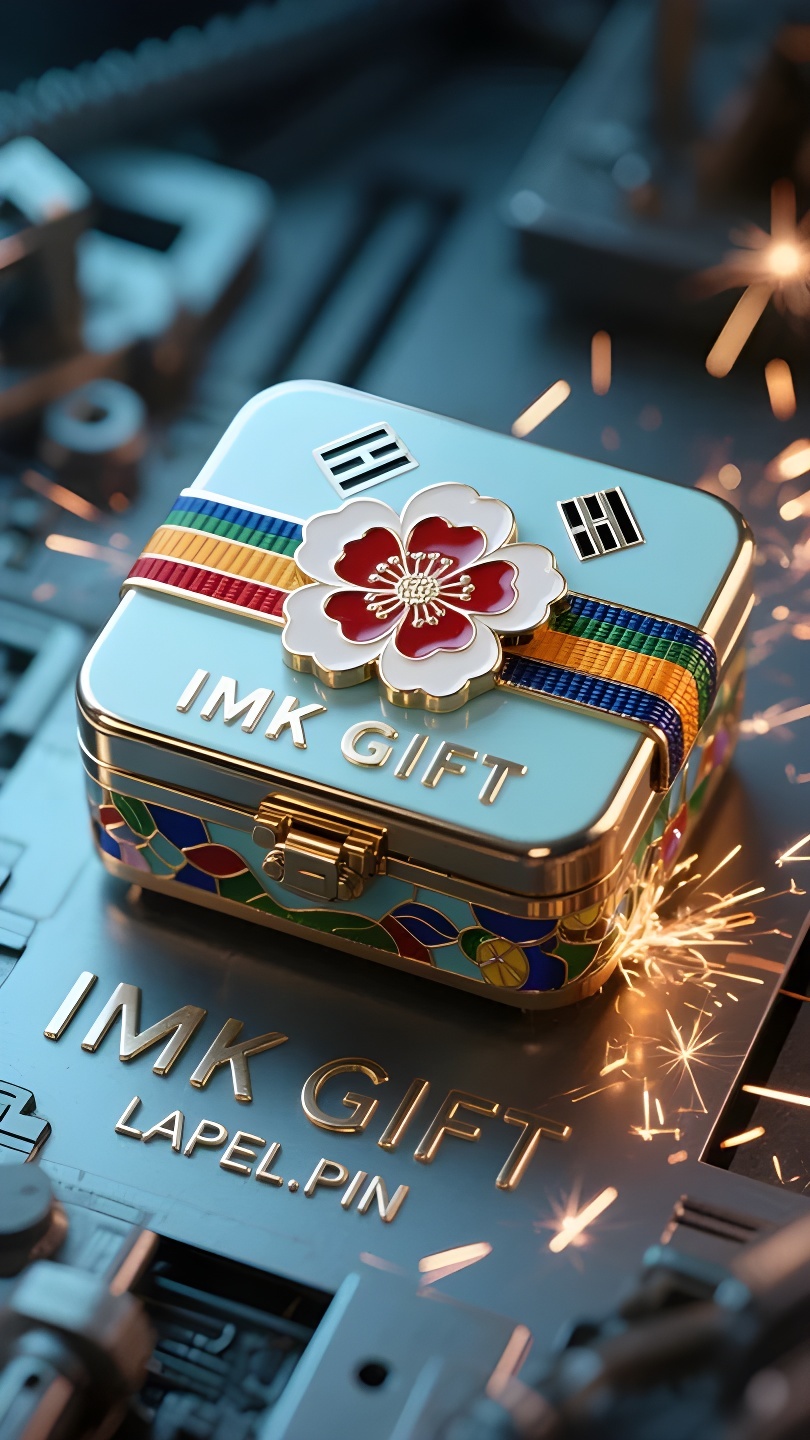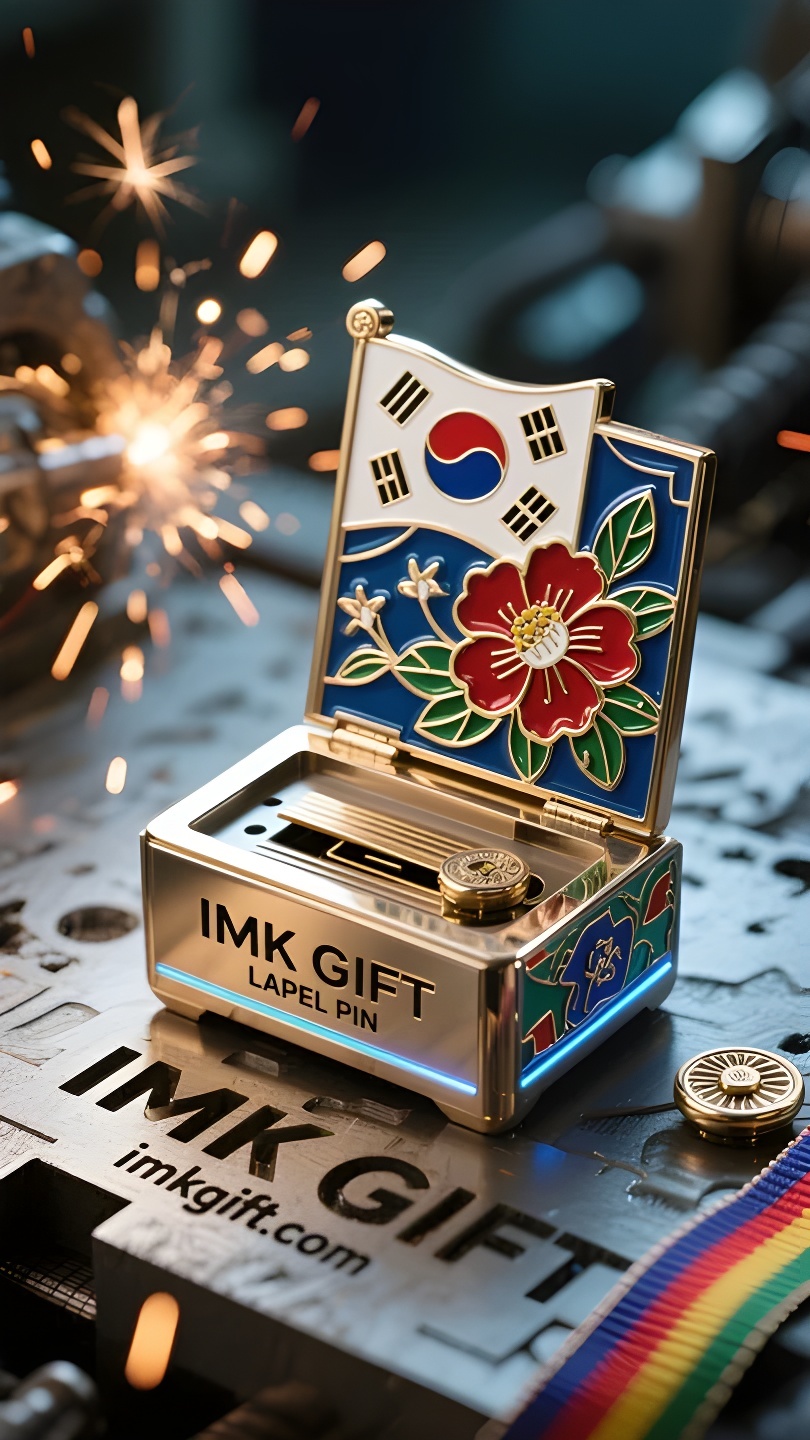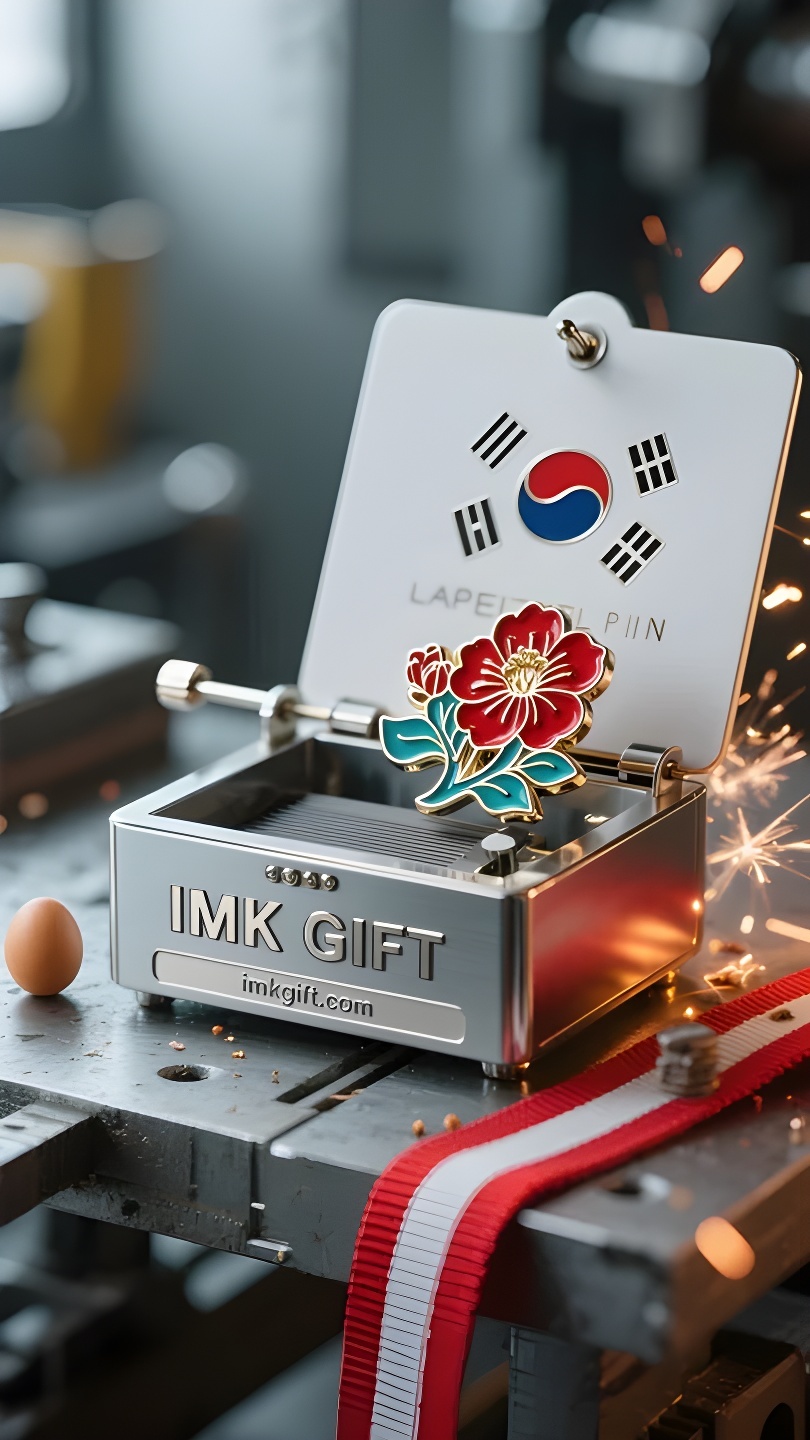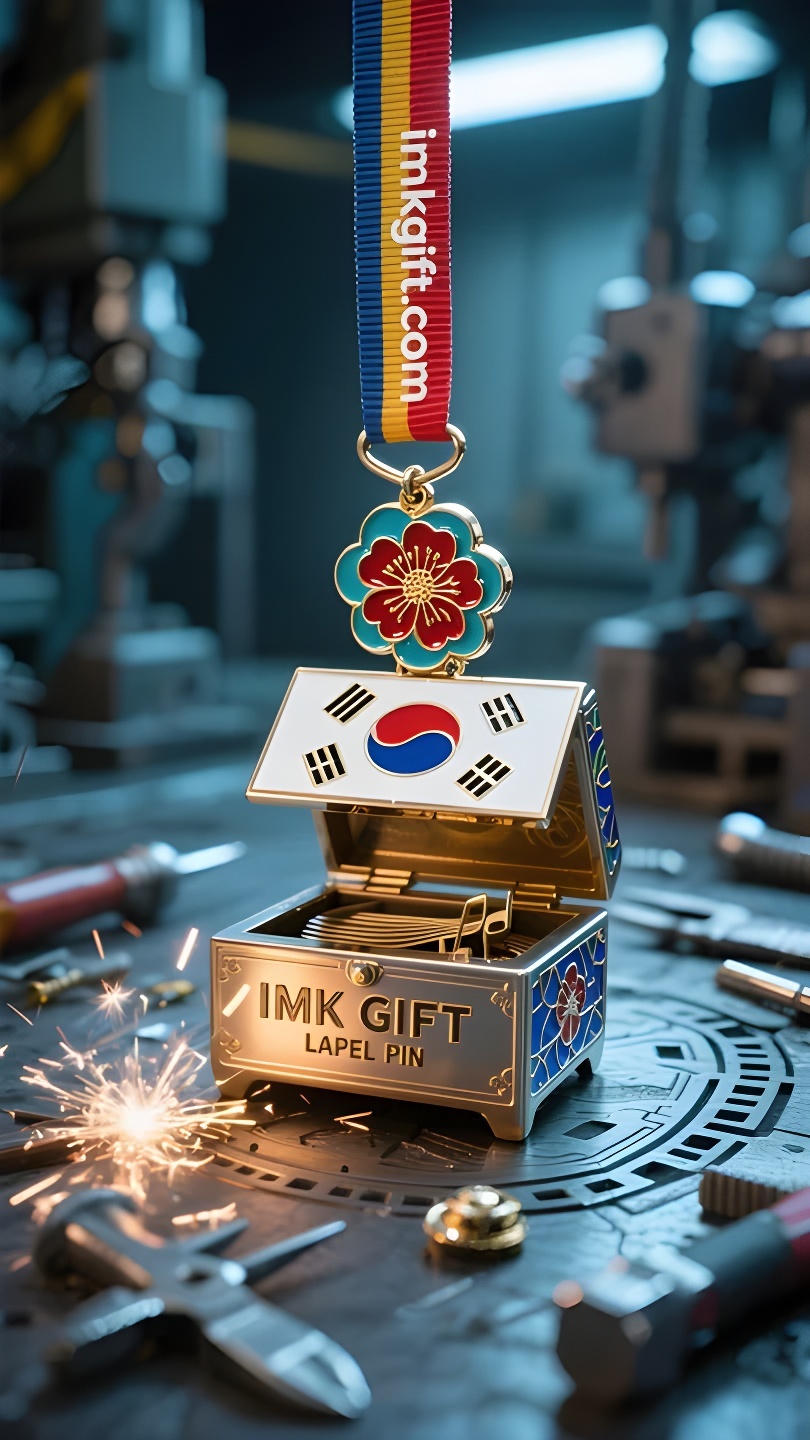in989-히비스커스가-피는-곳-시간은-울려-퍼진다
▼
10월, 한국은 천궁 개궁을 기념합니다. 바람에 흩날리는 태극기의 활은 수천 년 동안 이어져 온 민족의 정신적 코드를 감추고 있습니다. 붉고 푸른 태극권은 음양의 조화를 상징하며, 네 개의 괘는 사방을 수호합니다. 그 사이의 무궁화 문양은 마치 무언의 애국가처럼 “무한화”의 포기하지 않는 불굴의 의지를 이야기합니다. 서울역사박물관 전시장에는 1920년대 제작된 무궁화 오르골이 “아리랑”의 선율을 연주하고 있습니다. 구리 꽃잎은 층층이 피어나고, 암술대의 소리관은 태엽이 돌면서 천천히 회전합니다. 이 오르골은 대한민국 임시정부의 중요한 구성원이었던 김구 선생의 개인 소장품이었습니다. 상하이 망명 시절, 혁명이 좌절될 때마다 그는 봄을 돌려 무궁화가 조국의 노래와 함께 천천히 뻗어 나가도록 했습니다. 다섯 꽃잎의 무궁화는 매일 아침 피었다가 저녁에 지지만, 시들기 전에 새로운 싹을 틔웁니다. 마치 끊어진 듯했던 조국의 생명줄처럼, 그러나 영원히 이어졌습니다. 오늘날의 젊은이들은 이 정신을 현대 문화 창작에 새겨 넣었습니다. 한강변 작업실에서는 3D 프린팅으로 제작된 무궁화 오르골에 새로운 소리가 주입되고 있습니다. 도시인들이 봄을 돌릴 때, 그것은 더 이상 슬픈 유배의 선율이 아니라, 전통 가야금과 전자 음향 효과가 어우러진 “부활 협주곡”이 됩니다. 모든 회전은 역사에 대한 헌사이며, 모든 맑은 소리는 미래에 대한 약속입니다. 무궁화 오르골의 멈추지 않는 기계 심장처럼, 이 민족의 정신은 가장 어두운 순간에도 다시 꽃피울 박자를 항상 찾을 수 있습니다.
In October, Korea celebrates the opening of the Heavenly Palace. The arc of the Taegeukgi that stretches in the wind hides the spiritual code of the nation for thousands of years. The red and blue Tai Chi symbolizes the harmony of yin and yang, and the four hexagrams protect the four territories. The hibiscus pattern in between is like a silent national anthem, telling the story of the “Infinite Flower”‘s never-give-up perseverance. In the display cabinet of the Seoul Museum of History, a 1920s hibiscus music box is playing the melody of “Arirang”. The copper petals bloom in layers, and the sound tube in the pistil rotates slowly when the spring turns. This was once the personal belongings of Kim Gu, an important member of the Provisional Government of the Republic of Korea. During his years of exile in Shanghai, whenever the revolution encountered setbacks, he would turn the spring to let the hibiscus slowly stretch with the songs of his homeland – the five-petal flower blooms in the morning and falls in the evening every day, but before withering, it breeds new buds, just like the tenacity of the nation’s seemingly cut-off lifeline but continued to be passed on forever. Today’s young people have engraved this spirit into modern cultural creation. In the workshop by the Han River, the 3D printed hibiscus music box is being injected with new sounds. When urban people turn the spring, it is no longer a sad exile tune, but a “Rebirth Concerto” that combines traditional gayageum and electronic sound effects. Every rotation is a tribute to history, and every clear sound is a promise to the future: just like the never-stopping mechanical heart of the hibiscus music box, the spirit of this nation can always find the beat to bloom again in the darkest moments.
十月的韩国迎来开天节,太极旗随风舒展的弧度里,藏着民族千年的精神密码。红蓝交融的太极象征阴阳调和,四卦守护四方疆土,而缀于其间的木槿花纹,则如一首无声的国歌,讲述着”无穷花”永不言败的坚守。
在首尔历史博物馆的展柜里,一尊1920年代木槿花音乐盒正流淌着《阿里郎》的旋律。铜制花瓣层叠绽放,发条转动时花蕊中的音筒徐徐旋转,这曾是大韩民国临时政府要员金九的随身之物。在流亡上海的岁月里,每当革命遇挫,他便拧动发条,让木槿花伴着故国歌谣缓缓舒展——五瓣花朵每日朝开暮落,却在凋零前孕育新蕾,正如民族命脉看似断绝却永续传承的坚韧。
今天的年轻人将这种精神镌刻进现代文创,汉江边的工坊里,3D打印的木槿花音乐盒正被注入新声。当都市人拧动发条,不再是悲怆的流亡曲调,而是融合传统伽倻琴与电子音效的《重生协奏曲》。每一圈旋转都是对历史的致意,每一声清音都是对未来的承诺:就像木槿花音乐盒永不停歇的机械之心,这个民族的精气神,总能在至暗时刻找到重新绽放的节拍。
▼
Contact Us
📞 Tel: +0086-760-85286839
📧 Email: sales3@imkgift.com








